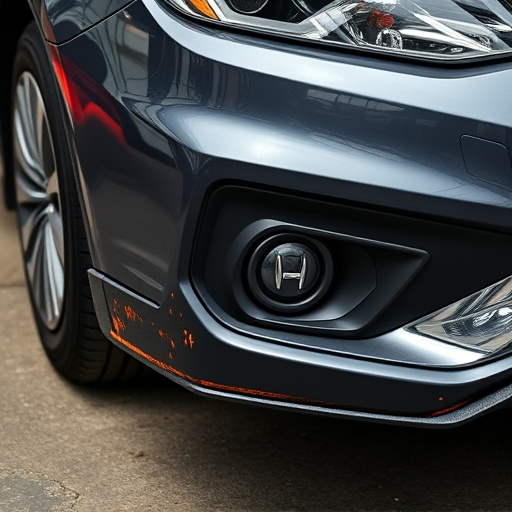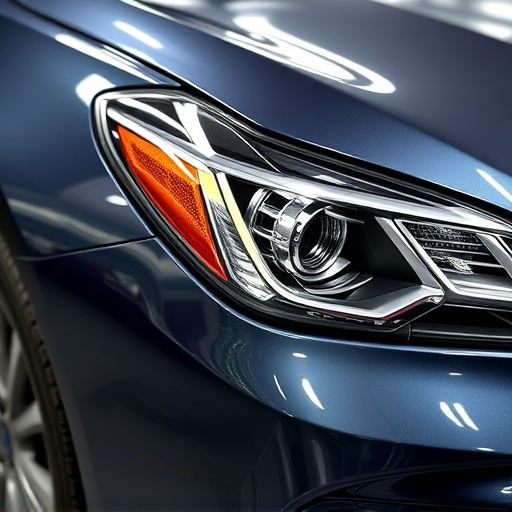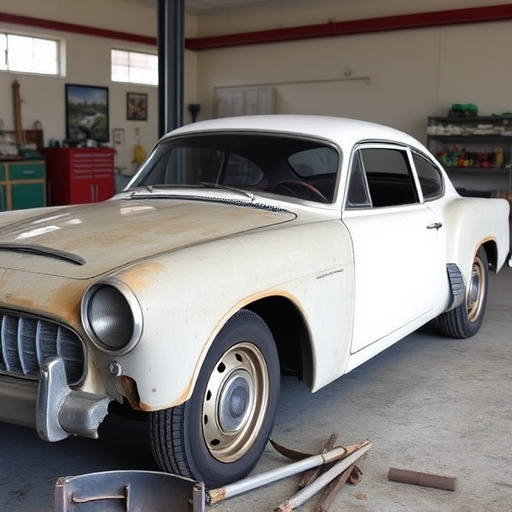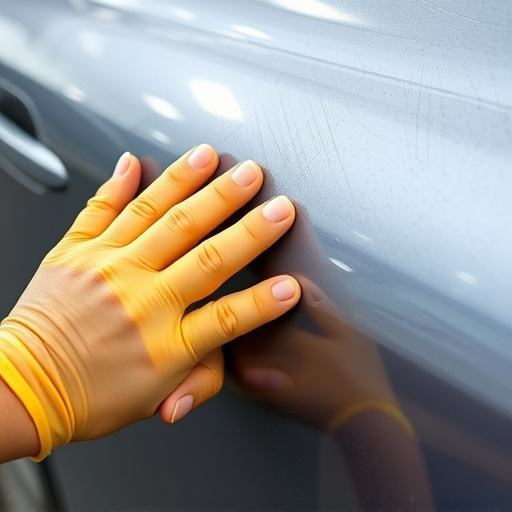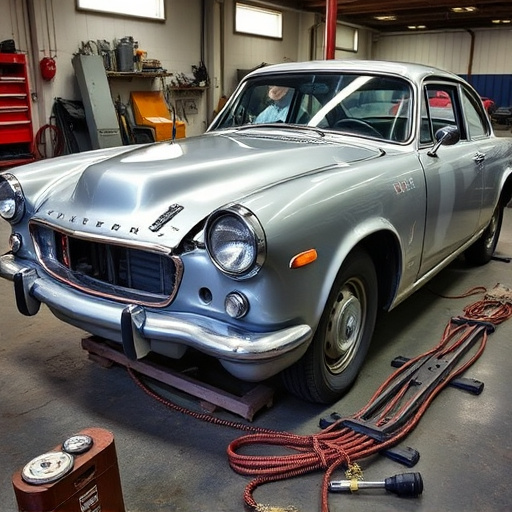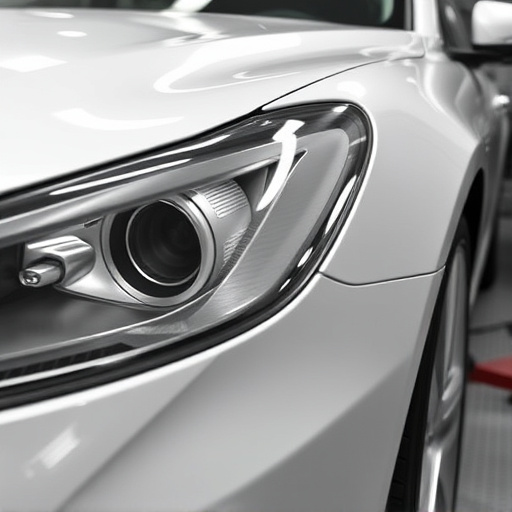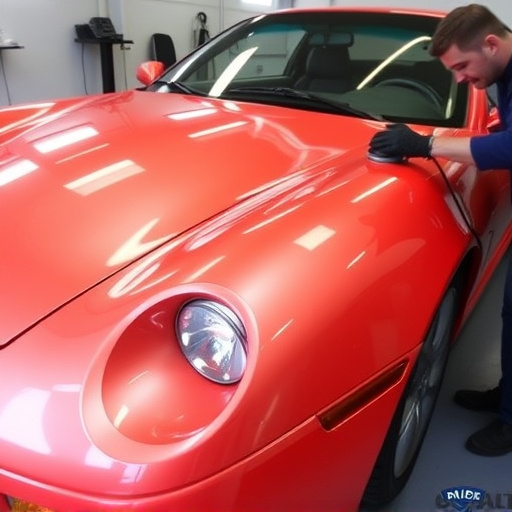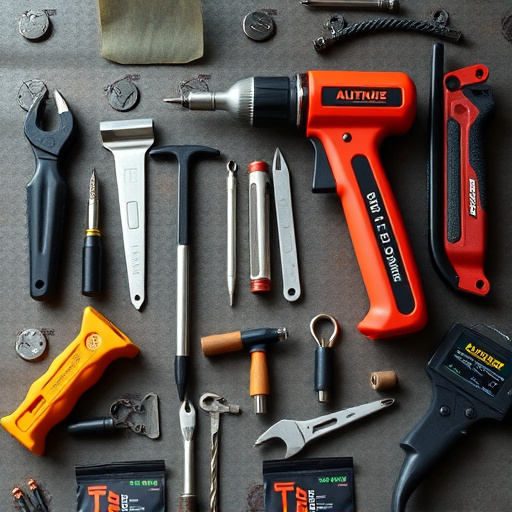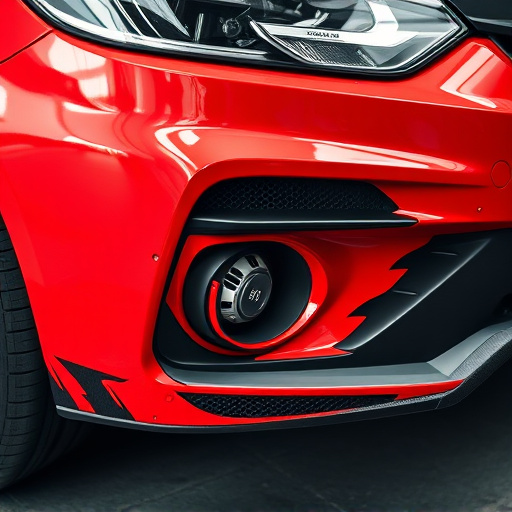Advanced technology is revolutionizing AC repair post-collisions, offering unprecedented precision and efficiency. Tools like 3D scanning provide detailed vehicle assessments, while digital documentation ensures every restoration detail is recorded accurately. These innovations streamline the process, enable quick identification of issues, facilitate precise repairs, and enhance customer satisfaction by providing transparent quotes and minimizing future complications. Modern AC repair after collision services prioritize peak system performance, energy efficiency, and alignment with contemporary auto body repair standards.
In the aftermath of a collision, accurate AC repair is crucial for vehicle comfort and safety. Advanced tools are revolutionizing this process, ensuring precise assessments and optimal system restoration. This article explores how technology plays a pivotal role in AC repair after collisions. From damage assessment to system optimization, we delve into the innovative tools enhancing efficiency, accuracy, and customer satisfaction. Discover how these advancements ensure your vehicle’s air conditioning system is restored to its pre-collision condition with precision and expertise.
- The Role of Technology in AC Repair After Collisions
- Enhancing Precision: Tools for Effective Damage Assessment
- Post-Collision AC System Optimization with Advanced Equipment
The Role of Technology in AC Repair After Collisions

In the realm of AC repair after collisions, technology plays a pivotal role in enhancing accuracy and efficiency. Modern tools and software are revolutionizing auto body services, ensuring that vehicles return to their pre-accident condition. These advanced systems offer precise measurements and diagnostics, allowing technicians to identify issues with greater clarity. For instance, 3D scanning technology can capture detailed images of vehicle dent repair areas, enabling accurate assessment and tailored repairs.
Moreover, digital documentation and cloud-based storage facilitate seamless communication between auto body shops and customers. This streamlined process not only improves the overall customer experience but also guarantees that every detail of the car restoration is meticulously documented. With these technological advancements, AC repair after collision is becoming more precise, faster, and reliable than ever before.
Enhancing Precision: Tools for Effective Damage Assessment

Advanced tools have revolutionized AC repair after collision, significantly enhancing precision during damage assessments. These innovative technologies go beyond traditional methods, offering detailed insights into vehicle structures and components. With features like high-resolution imaging and sensor capabilities, technicians can now identify minute cracks, dislodged parts, or internal damage that might have been overlooked before. This level of accuracy is crucial for ensuring that every part of the AC system is thoroughly inspected and repaired, leading to more efficient and reliable car repair services.
Moreover, these tools streamline the entire process by providing real-time data and visual feedback. This information allows collision repair centers to make informed decisions, accurately estimate repair costs, and provide customers with transparent quotes. By leveraging such technologies, vehicle body repair becomes more precise, minimizing the risk of further complications and ensuring customer satisfaction.
Post-Collision AC System Optimization with Advanced Equipment

In the realm of AC repair after collision, advanced tools have revolutionized the way automotive body shops tackle these intricate tasks. Modern equipment offers unparalleled precision and efficiency in optimizing vehicle air conditioning systems, ensuring optimal performance post-repair. With state-of-the-art diagnostic devices, technicians can swiftly identify issues within the AC system, pinpointing faulty components or leaks with accuracy. This level of expertise is crucial when dealing with complex automotive refrigerants and their intricate mechanisms.
Furthermore, advanced equipment facilitates precise adjustments and repairs, allowing for a seamless integration of replacement parts. From specialized tools for delicate component removal to high-tech sensors that verify refrigerant levels and pressure, these innovations streamline the entire AC repair process. This not only guarantees the functionality of the system but also ensures energy efficiency in the vehicle, aligning perfectly with the goals of modern automotive body repair, including auto glass repair and overall vehicle restoration.
Advanced tools are transforming AC repair after collisions, offering unprecedented accuracy and efficiency. By leveraging technology for damage assessment, technicians can optimize post-collision system performance, ensuring optimal cooling without unnecessary costs. These innovations not only streamline repairs but also contribute to the longevity of vehicles’ climate control systems, making AC repair after collision a more precise and beneficial process.
